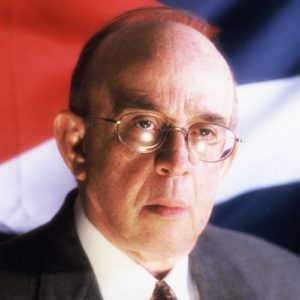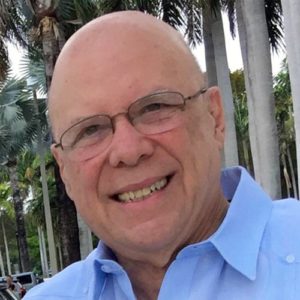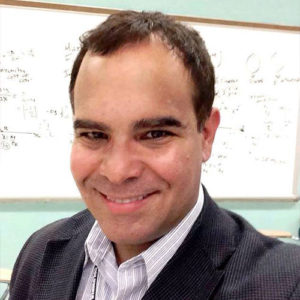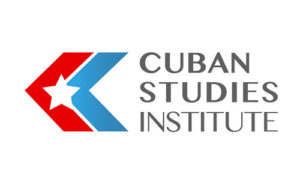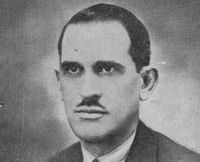 Ramon Grau San Martín (1887-1969), President of Cuba, 1933-1934, 1944-1948. Born in Pinar del Rio, September 13, he dreamed of becoming a physician, although his father, a prosperous tobacco grower, wanted him to continue his business. Despite family opposition he entered the University of Havana, graduating M.D. in 1908, and then traveled to France, Italy, and Spain to round out his medical training. Back in Cuba, he became a professor of physiology in 1921. His extensive medical writings included a university textbook of physiology. But his reputation rests on his political career. In the late 1920s he supported student protests against President Gerardo Machado’s dictatorship and was imprisoned and then exiled in the United States. With the regime’s overthrow he was catapulted into national prominence, as the students chose their old professor as provisional president. His first administration (September 10, 1933-Janluary 14, 1934) was the high-water mark of the Revolution of 1933. His government was pro-labor and nationalistically opposed to foreign capital. Grau decreed an eight-hour working day and required businesses to employ native Cubans as at least half of their total work force. Communist influence in the trade unions was limited by restrictions on the number of foreign leaders. But United States’ withholding of recognition doomed the regime. Batista forced him to resign and he went into exile where he was soon made president of the new nationalist Partido Revolucionario Cubano (Auténtico). He returned to Cuba in 1938: in time to be elected to the convention that drafted the Constitution of 1940. He lost the presidential election of 1940 to Batista, but won in1944, although his party failed to win a majority in congress, which provided determined opposition to his policies.
Ramon Grau San Martín (1887-1969), President of Cuba, 1933-1934, 1944-1948. Born in Pinar del Rio, September 13, he dreamed of becoming a physician, although his father, a prosperous tobacco grower, wanted him to continue his business. Despite family opposition he entered the University of Havana, graduating M.D. in 1908, and then traveled to France, Italy, and Spain to round out his medical training. Back in Cuba, he became a professor of physiology in 1921. His extensive medical writings included a university textbook of physiology. But his reputation rests on his political career. In the late 1920s he supported student protests against President Gerardo Machado’s dictatorship and was imprisoned and then exiled in the United States. With the regime’s overthrow he was catapulted into national prominence, as the students chose their old professor as provisional president. His first administration (September 10, 1933-Janluary 14, 1934) was the high-water mark of the Revolution of 1933. His government was pro-labor and nationalistically opposed to foreign capital. Grau decreed an eight-hour working day and required businesses to employ native Cubans as at least half of their total work force. Communist influence in the trade unions was limited by restrictions on the number of foreign leaders. But United States’ withholding of recognition doomed the regime. Batista forced him to resign and he went into exile where he was soon made president of the new nationalist Partido Revolucionario Cubano (Auténtico). He returned to Cuba in 1938: in time to be elected to the convention that drafted the Constitution of 1940. He lost the presidential election of 1940 to Batista, but won in1944, although his party failed to win a majority in congress, which provided determined opposition to his policies.
His second administration began as World War II ended. He inherited an economic boom as sugar production (and prices) rose. He began a program of public works and school construction. Social Security benefits were increased. Cuba’s economic development and agricultural production were encouraged. But prosperity increased corruption. Nepotism and favoritism flourished. Urban violence, a legacy of the early 1930s, reappeared as gangsterismo. The reformist zeal of his first administration had diminished considerable. He himself seemed softened after years of exile and frustration and was regarded by many as having betrayed the ideals of the Revolution of 1933.
After turning over the presidency to his protégé, Carlos Prío Socarrás, in free and democratic elections in 1948, he was prosecuted for embezzling $174,000,000 while in office, but the evidence mysteriously disappeared and the trial was abandoned. Grau then virtually withdrew from public life. He emerged again in 1952 to protest Batista’s coup d’état and ran for president in the 1954 and 1958 Batista-sponsored elections, but withdrew immediately before the voting, claiming government fraud. After the Revolution of 1959, he retired to his home in Havana, where he died.
Jaime Suchlicki is Director of the Cuban Studies Institute, CSI, a non-profit research group in Coral Gables, FL. He is the author of Cuba: From Columbus to Castro & Beyond, now in its 5th edition; Mexico: From Montezuma to the Rise of the PAN, 2nd edition, and of the recently published Breve Historia de Cuba.

